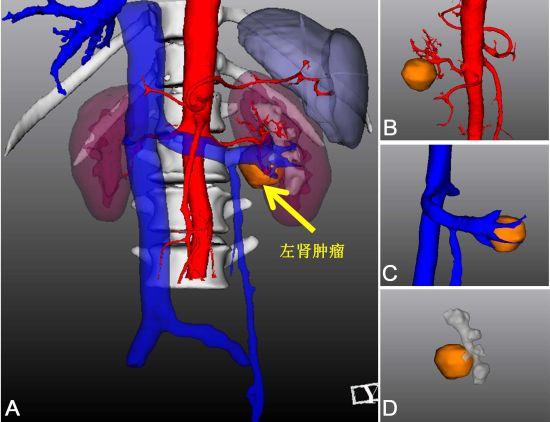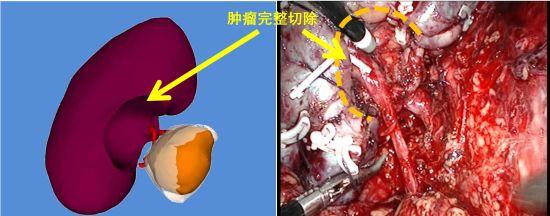|
(BPT) — Facing kidney failure and the need for dialysis can be overwhelming for patients. Yet those who can continue working generally do better at coping with their illness, multiple studies show. And advances in dialysis care mean patients have treatment choices that can allow them to stay on the job.
After nearly 20 years of living with diabetes, in 2011 Adrienne Hernandez experienced another life-altering jolt after a series of hospitalizations from diabetic crashes: kidney failure. Being able to continue working was essential, she says.
“When I was in the hospital after a diabetic crash and was told I had kidney failure, the physicians asked me which type of dialysis I wanted,” says Hernandez. “I told them I wanted something that would allow me to travel and keep my job. I needed an option that provided flexibility.”
Like Hernandez, more than 29 million U.S. adults currently have diabetes, which is the leading cause of kidney disease, according to the latest statistics from the Centers for Disease Control and Prevention. Diabetes drives 44 percent of all new cases of kidney failure. But through preventive measures such as diet and health monitoring, people living with diabetes can delay or even avoid kidney failure altogether.
Favorable dialysis options for working
Unfortunately for many people, diabetes often does result in end-stage renal disease (ESRD). For patients with late-stage kidney disease or kidney failure, dialysis or transplantation are the only life-sustaining options.
New patients have many questions when they start dialysis: How often is it needed? Is there an option that doesn’t require needles? Can I do it at home? How many medications do I need? If I can dialyze at home, how do I make sure I’m getting the right dosages of medications? I have a small apartment—where will I put all the supplies? Can I reuse any of them to save space? What are the protocols for the supplies when they need to be discarded? Are they considered medical or hazardous waste?
Understanding options is the linchpin in helping patients maintain the same lifestyle they experienced before starting dialysis. Hernandez began life on dialysis as a peritoneal dialysis patient (a needle-free, at home treatment), undergoing treatment every night from home until she switched to in-center hemodialysis after another diabetic crash landed her in the hospital.
Despite all that, Hernandez was still able to maintain full-time employment—running a business that develops specialized homes for senior adults with mental disabilities. Working with her DaVita dialysis center, she begins in-center dialysis at 5:30 a.m. three days each week.
Whether receiving dialysis treatment from home or treating at an outpatient center, both types of treatment offer benefits to patients. And with the help of a coordinated care team of nurses and social workers, patients can easily travel on dialysis by scheduling visits to a center near their vacation destination or taking their portable home dialysis with them on their travels. In addition to traveling, treatment choices enable patients to maintain employment while on dialysis, which leads to a higher quality of health-related life as some studies have shown.
In addition, some centers also offer nocturnal and home hemodialysis treatments. Treatment options differ by center, check nearby centers at DialysisFinder.com for options and to access recent ratings on the Five-Star Quality Rating system enacted by the Centers for Medicare and Medicaid services.
Numerous reports suggest working while being on dialysis leads to better health outcomes. Approximately 430,000 people in the U.S. are on dialysis, and nearly 50 percent of new ESRD patients are of working age, according to National Institutes of Health. Findings from one study show that in addition to feeling healthier, happier and more financially secure, patients who work full time are more likely to be placed on a transplant waiting list and more likely to receive a kidney transplant.
Another study shows that patients who keep their jobs are generally happier, with a 21 percent lower rate of depression than ESRD patients who don’t work. Survival rate is six percent better and overall, patients who work are less likely to have more hospitalizations per year, which dramatically improves quality of life while also providing financial relief for the health care system.
DaVita Kidney Care encourages people diagnosed with ESRD to:
- Get educated — Talk with your doctor and care team about any limitations. Sign up for a no-cost kidney disease education class to learn about kidney disease and taking control of your kidney health. Get an understanding of your treatment options and insurance benefits—employer-provided insurance may offer additional coverage for transplants and better access to the care team of your choice. For more information, go to Davita.com/KSClass.
- Inform others about your illness — Tell family and friends to build your support network and find support online.
For information about living with kidney disease, visit DaVita.com/WorkingPatients or call 888-405-8915.
|
 Log in to explore the world's most comprehensive database of dialysis centres for free!
Log in to explore the world's most comprehensive database of dialysis centres for free!  Professional dialysis recruitment
Professional dialysis recruitment




